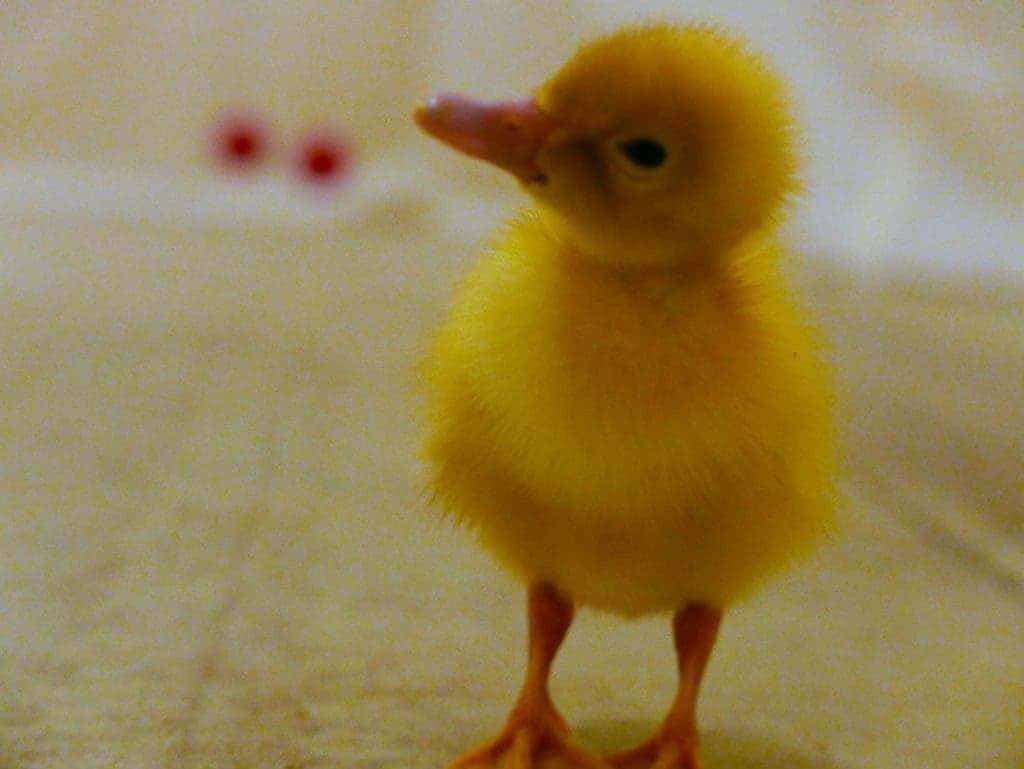
Until now, the ability to deal with abstract properties – such as patterns of “same” and “different” – has only been observed in the brains of animals with advanced levels of intelligence after extensive training. However, a new study published in Science shakes up this area of research, revealing that newly hatched ducklings can distinguish between same and different without training.
Concept learning, which refers to the ability to pinpoint logical relationships between objects and apply them to novel objects, is typically associated with human learning and not commonly believed to exist naturally in most animals.
In the new study, the researchers examined ducklings during a phase called imprinting, which is when they learn to identify and follow their mother. After exposing them to several pairs of moving objects – some identical and others different in terms of shape and color – they tested the ducklings’ ability to follow and determine relationships between subsequent object pairs.
The team hypothesized that ducklings that were imprinted with identical object pairs would prefer pairs that also exhibit an identical nature. For example, a duckling imprinted with a pair of red spheres would prefer a subsequent pair of two green triangles, as opposed to a pair with one green triangle and one red triangle.
The results confirmed their predictions – ducklings imprinted with identical pairs preferred subsequent identical pairs, and those imprinted with a contrasting pair preferred contrasting pairs. Prior to this study, scientists believed that this kind of abstract thought was only possible in highly intelligent animals such as apes and ravens.
“And because imprinting happens so quickly, the ducklings learned to discriminate relational concepts much faster than other species, and with a similar level of precision,” said Alex Kacelnik, a zoologist at Oxford University and senior author of the study.
“While it seems surprising at first that these one-day-old ducklings can learn something that normally only very intelligent species can do, it also makes biological sense,” added Antone Martinho, a doctoral student in Oxford’s zoology department and senior author of the study. “When a duckling is young, it needs to be able to stay near its mother for protection, and an error in identifying her could be fatal.
Journal Reference: Ducklings imprint on the relational concept of “same or different.” 15 July 2016. 10.1126/science.aaf4247


